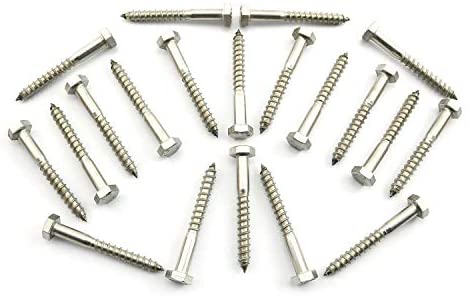Description
Self Tapping Screws (Coach Screw):
Self-tapping screws (Coach Screw) have a wide range of tip and thread patterns. And are available with almost any possible screw head design. Self Tapping screws and wood screws common features are the screw thread covering the whole length of the screw from tip to head. And a pronounced thread hard enough for the intended substrate, often case hardened.
Self-tapping screws can be divided into two classes. Those that displace material (especially plastic and thin metal sheets) without removing it are termed thread-forming self-tapping screws. Self-tappers with sharp cutting surfaces that remove the material as they are inserted are termed thread-cutting.
General:
Moreover Self–tapping screws are typically used to secure wood, plastic, metal and brick together. There are two types of self–tapping screws, thread-forming and thread-cutting. Thread-forming: Before you can use these screws you will need to drill a pilot hole as the screw itself does not contain a pointed tip.
Generally Wood screws are typically available in shorter threading, usually up to an inch. … As the name suggests, self–tapping screws are designed to drill their own pilot hole while they are driven into the material. Self–tapping screws are usually designed for metal materials. Among the many materials wood screws are made from — brass, bronze, aluminum, etc. — steel screws are the most useful for woodworking and interior DIY projects. They’re strong, affordable and readily available in a vast range of sizes. But old-fashioned tapered steel wood screws can be a pain to use.



Reviews
There are no reviews yet.